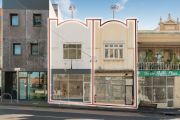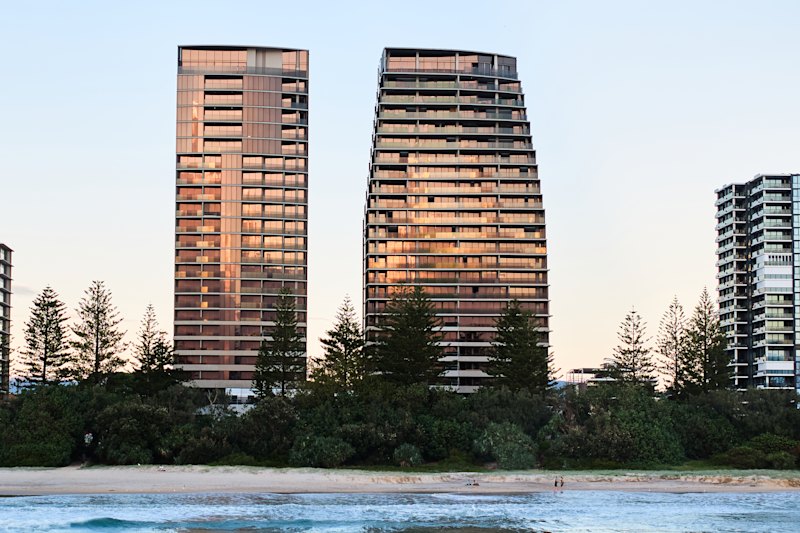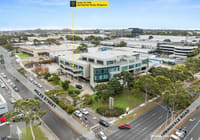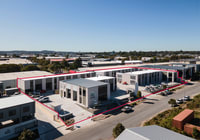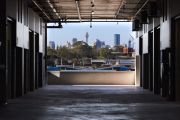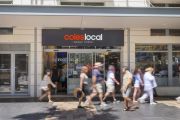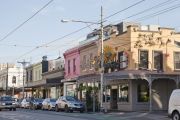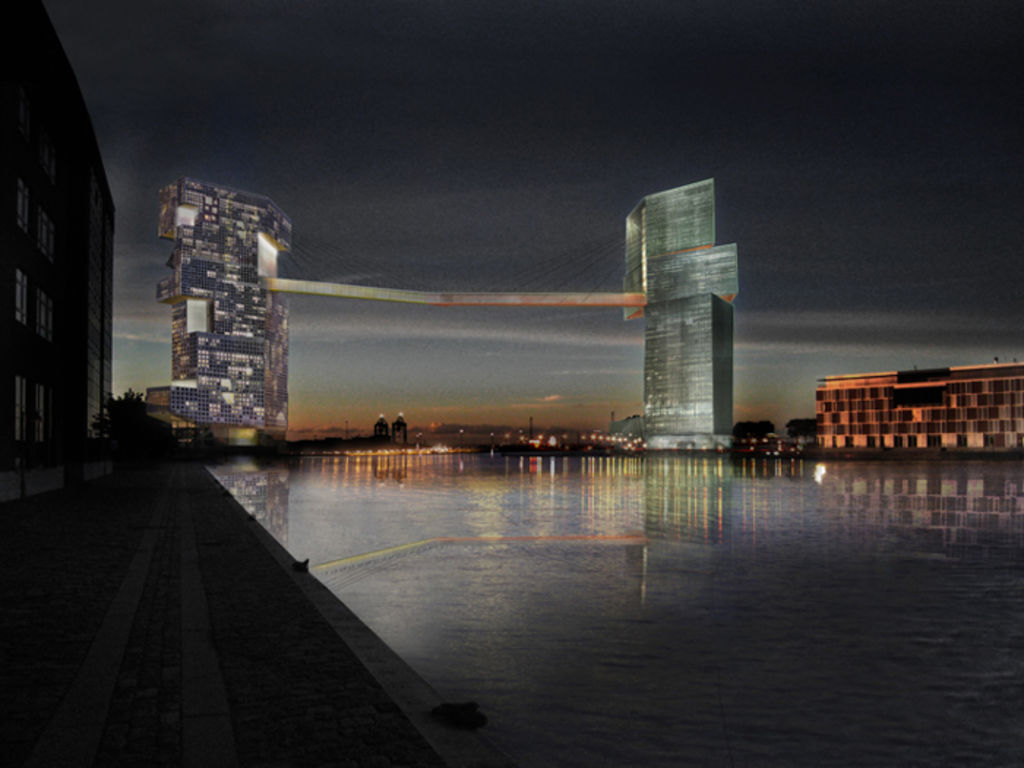
Pedestrian bridge to connect two towers 65m in the air
How do you build a footbridge that ships can cruise under? Use two high-rise buildings to hold it up.
One of the world’s most extreme public walkways will connect two mixed-use towers 65 metres above a harbour in Copenhagen.
The awe inspiring and possibly terrifying Copenhagen Gate project needs to be high above the water to allow cruise liners to pass below on their way in and out of the busy Nordhavnen harbour.
Lifts in each building will carry pedestrians up to and down from the cable-stay bridge, which extends from two towers on either side of the harbour entrance and meets in the middle on an angle.
 Artist’s impression of the Copenhagen Gateway bicycle bridge. Image: Steven Holl Architects
Artist’s impression of the Copenhagen Gateway bicycle bridge. Image: Steven Holl Architects
Construction on the towers and bridge is due to start next year. The residential and office buildings will also house a hotel, cafes and restaurants.
“Each tower carries its own cable-stay bridge between the two piers,” architect Steven Holl’s project description said.
“Due to the site geometry, these bridges meet at an angle, joining like a handshake over the harbour.”
 Joined “like a handshake” above the harbour. Photo: Steven Holl Architects
Joined “like a handshake” above the harbour. Photo: Steven Holl Architects
Under Copenhagen law, all residential dwellings must be within 500 metres of public transport.
Planned new housing on the eastern side nearest the ocean is more than two kilometres from the train station on the other side because commuters need to travel all the way around the harbour.
However, the new bridge will mean residents are inside the 500-metre radius.
The ambitious plan has its origins in 2008, when Holl won an international design competition run by two development and property investment companies to design an iconic structure for the waterfront comprising two towers and an elevated walkway and bicycle path connecting the two.
Gate L, for Langelinie, will have 27 floors and Gate M, for Marmormolen, will have 24. The footbridge will connect the 17th floors.
Though the original brief was to accommodate cyclists, it is not clear whether bicycles will be permitted on the current project iteration.
Langelinie, or long line pier, is the home of The Little Mermaid statue and Marmormolen, or marble pier, is closer to the city.
Holl’s bridge plan was shelved because of the economic downturn but the project was revived this month.
 Image: Steven Holl Architects
Image: Steven Holl Architects
Development to help people get around without needing motor vehicles is a priority for Copenhagen, which has developed a strategy to become the world’s best city for bicycles. The first bike path was established there in 1892.
In 2006, Bryggebroen – the quay bridge – opened in Copenhagen’s inner harbour to cyclists and pedestrians. The 190-metre bridge, which can swing open to allow water vessels to pass, is 5.5 metres wide and has dedicated lanes for bicycles and pedestrians.
 The Bryggebroen bridge for bicycles and pedestrians, Copenhagen. Photo: © www.mysona.dk
The Bryggebroen bridge for bicycles and pedestrians, Copenhagen. Photo: © www.mysona.dk
Last year, the Cykelslangen or “bicycle snake” opened to cyclists and people on foot.
The 235-metre bridge winds from Bryggebroen to the Dybbølsbro bridge at first-floor height, above the roads and traffic.
 The “bicycle snake”, Copenhagen. Photo: Dissing + Weitling
The “bicycle snake”, Copenhagen. Photo: Dissing + Weitling
In August, the Cirkelbroen, or circle bridge, opened in Copenhagen over Christianshavns Kanal.
Designed by Danish-Icelandic artist Olafur Eliasson, the new bridge aims to make it easier to cycle, walk or run along the waterfront. But Eliasson also wanted it to become a meeting place.
“Cirkelbroen creates new spaces along the waterfront,” he said. “It brings people closer to the water and encourages them to slow down a little and take a break.”
 Cirkelbroen, a gift from Nordea-fonden to the city of Copenhagen. Photo: Anders Sune Berg / Olafur Eliasson
Cirkelbroen, a gift from Nordea-fonden to the city of Copenhagen. Photo: Anders Sune Berg / Olafur Eliasson
